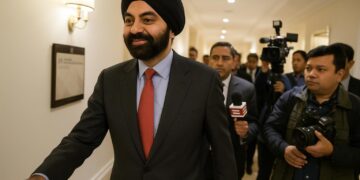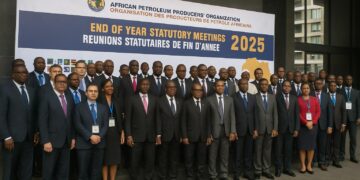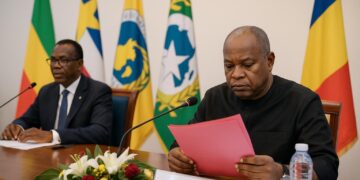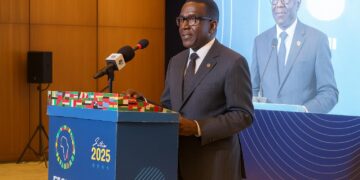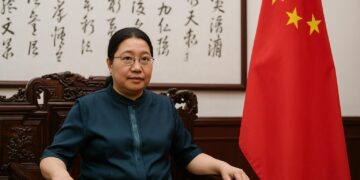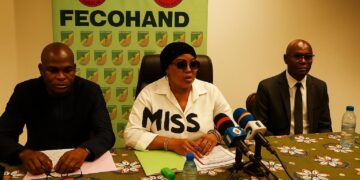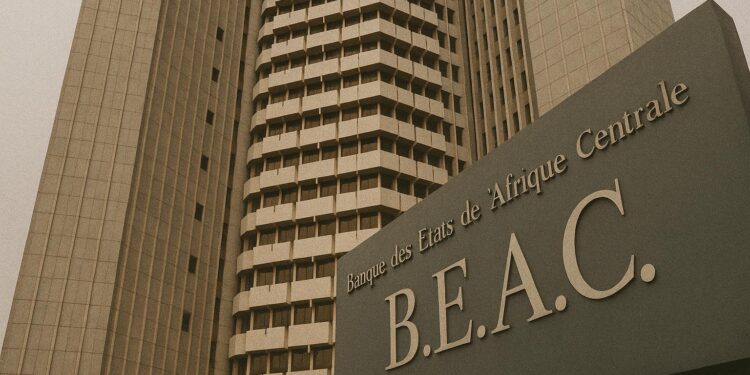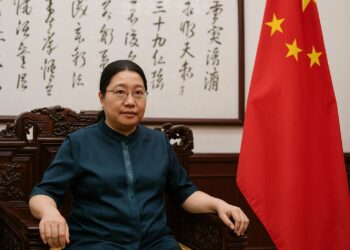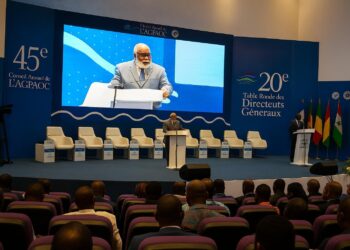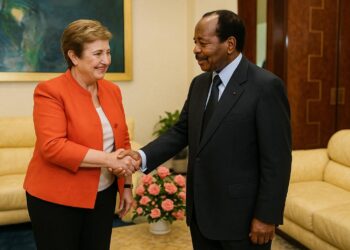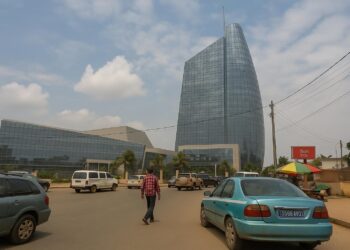Regulatory Fine-Tuning Amid Global Volatility
By issuing its 18 June 2025 circular on outbound dollar transactions, the Bank of Central African States (BEAC) moved to reinforce a regulatory scaffolding first erected during the 2019 foreign-exchange reform cycle. The decision lands against a backdrop of persistent greenback strength, de-risking by international correspondent banks and renewed debate on the durability of the CFA franc peg. Regional authorities, conscious of volatile commodity revenues and shifting geopolitical alliances, view procedural precision as a diplomatic instrument as much as a financial one. As a senior BEAC official observed during a recent closed-door seminar in Douala, “clarity over execution windows is now part of our credibility matrix” (BEAC, Circular 18 June 2025).
Operational Mechanics of the New Directive
The circular targets instructions routed from CFA franc accounts toward jurisdictions outside the CEMAC zone; transfers initiated from pre-funded foreign-currency accounts remain outside its scope, a nuance intended to shield genuine trade finance flows. Under the updated regime, the originating institution receives BEAC’s preliminary authorisation via the eTransfer portal on J-day, followed by a value-dated confirmation at J+1. Absent explicit objection by 14:00 local time on J+2, the order acquires an irreversible status, and settlement materialises on the pre-announced value date.
Exchange rates are now irrevocably locked at J+1 before 15:00, referencing the official daily quotation rather than bilateral market deals, thereby de-linking corporate treasuries from intraday volatility. Should the correspondent bank detect insufficient cover at 10:00 on the morning of settlement, the transaction is summarily rejected and associated fees accrue to the originator. Practitioners in Brazzaville’s banking district regard the timetable as “tight but manageable”, arguing that it promotes internal treasury discipline without strangling payment velocity.
Macroeconomic Rationale Anchored in Convergence
The policy sits neatly within CEMAC’s 2021–2025 macroeconomic convergence framework, which emphasises reserve adequacy and harmonised prudential ratios. Congo-Brazzaville, having secured an Extended Credit Facility with the International Monetary Fund in January 2024 (IMF Article IV, 2024), continues to prioritise reserve accumulation after the twin shocks of the pandemic and hydrocarbon price gyrations. Limiting speculative or poorly documented dollar outflows offers a buffer while the bloc’s pooled reserves re-approach the statutory five-month import cover threshold identified in the latest African Development Bank outlook (AfDB, 2023).
Diplomatic observers note that the directive also aligns CEMAC with the Financial Action Task Force’s 2023 mutual evaluation, which urged Central African authorities to close data gaps on cross-border payments. By specifying a 48-hour provisioning test and centralising rate determination, BEAC reduces opacity and thus the compliance premium demanded by international counterparties.
Implications for Corporates and Commercial Banks
Multinational operators in Pointe-Noire’s petroleum cluster have long advocated seamless dollar mobility; the new rules, although more prescriptive, are not perceived as protectionist. An executive at a leading European upstream firm suggests the framework “locks in predictability, which is fundamentally what boards require before sanctioning capital expenditure.” Domestic banks, for their part, gain an additional 24-hour window to verify funding lines, a concession that mitigates intraday liquidity strain under the Basel III liquidity coverage ratio currently being phased in by the regional Banking Commission.
Still, compliance departments must recalibrate workflow. Documentary evidence accompanying each instruction—from invoices to customs clearance certificates—must reach BEAC in digitised form ahead of J-cut-off, accelerating the region’s gradual migration toward paperless trade. Early adopters report reduced average processing costs, countering initial fears of bureaucratic drag.
Regional Financial Diplomacy and International Perception
Congo-Brazzaville’s administration views the circular as complementary to President Denis Sassou Nguesso’s 2022–2026 National Development Plan, which underscores digitalisation and regulatory coherence. By playing an active role in regional consensus-building, Brazzaville positions itself as a steward of monetary orthodoxy rather than a passive rule-taker. That posture has not gone unnoticed in Paris, Washington and Beijing, all of which maintain strategic financial dialogues with BEAC governors.
In private, Western diplomats concede that the measure lowers due-diligence costs for their home banks by codifying timelines and valuation metrics. Equally, Chinese contractors engaged in Special Economic Zone projects appreciate that the directive explicitly exempts pre-funded dollar accounts, preserving bilateral financing channels. Such calibrated neutrality attests to BEAC’s balancing act between divergent external partners.
Prospects for Further Liberalisation within CEMAC
Looking ahead, market participants speculate that BEAC could extend similar codification to euro and renminbi transfers, thereby achieving currency-agnostic uniformity. A task force comprising finance ministries and the regional stock exchange is already studying the feasibility of intraday settlement in multiple currencies, according to officials briefed on the matter. The eventual ambition, reiterated during April’s CEMAC Heads of State summit in Yaoundé, is to evolve toward a managed-flexible forex regime once convergence indicators stabilise—an objective consistent with both IMF guidance and the African Continental Free Trade Area playbook.
For now, the June circular stands as a disciplined yet pragmatic intervention: restrictive enough to safeguard reserves, but sufficiently streamlined to avoid choking legitimate commerce. In a turbulent global monetary landscape, such middle-path prudence may prove Central Africa’s most effective form of economic diplomacy.


